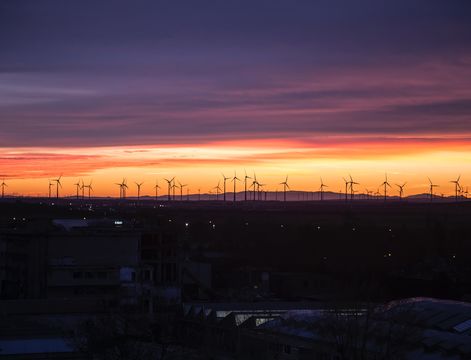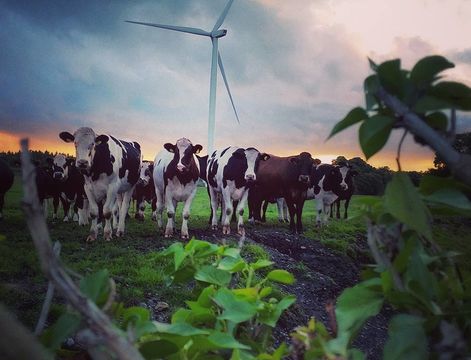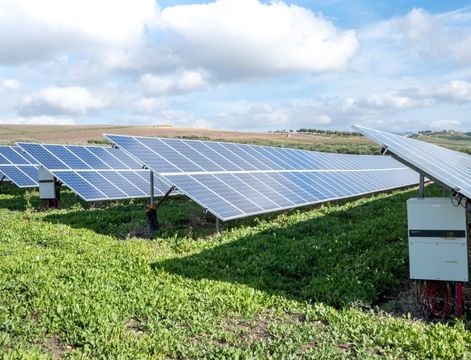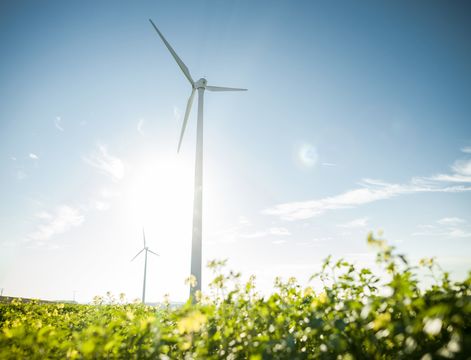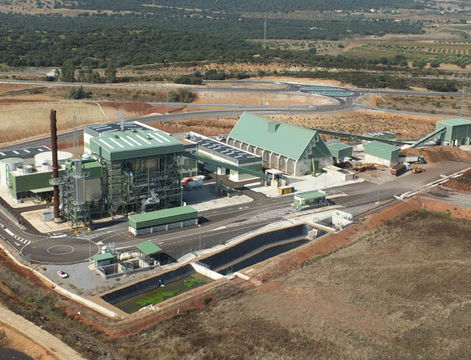First, solar thermal plants arose and now is the time for the expansion of photovoltaic plants, but there is a third type of installation to generate 'green' energy in Extremadura: the biomass, which has already reached a notable weight in the region. Two biomass plants operate in Extremadura, one in Miajadas (Cáceres), in operation since 2010 and the other in Mérida (Badajoz), which started in 2014. They produce energy annually capable of supplying 270,000 inhabitants, that is, one a quarter of the Extremadura population.
The Acciona plant in Miajadas and the Ence plant in Mérida generate 288-gigawatt hours (GWh) each year. An amount sufficient to meet the energy needs of 90,000 households in the region (an average of three people is calculated for each household). Each of them has particularities. What they coincide in is the volume of direct and indirect employment they generate: each megawatt of installed power leads to 27 jobs.
The Miajadas plant, with 15 megawatts of installed power, is a mixed plant. It means that the type of fuel used to generate electricity is woody on the one hand, and herbaceous on the other. Woody refers to the remains of pine, eucalyptus, holm oak and poplar. For herbaceous, winter cereal straw (barley, wheat, oats, triticale), spring cereal straw (corn) and that of other crops such as rapeseed or cotton.
In this way, it allows diversifying the fuel supply. With an initial investment of 50 million, the Acciona plant was developed as an R&D project in collaboration with companies and technology centres in Spain, Finland and Denmark, with the support of the European Union. It has been in operation since November 2010.
Other figures support the relevance of this renewable installation. Thus, each year it can treat some 110,000 tons of biomass, in equal parts generated from woody and herbaceous crops. When it opened ten years ago, it was the first European plant with herbaceous and woody biomass. Apart from generating an average of 128 GWh, equivalent to the demand of 40,000 households, its activity prevents the annual emission of 123,000 tons of CO2.
Meanwhile, the Ence plant, with 20 megawatts of power, allows it to reach an annual production of 160 gigawatt-hours per year. According to the paper company, it supposes approximately the energy supply of more than half of the annual demand for the capital of Extremadura. It started operating in April 2014.
The renewable installation, with an initial investment of 80 million, consumes biomass that comes mostly from agricultural by-products (straw, vine shoots, vine and fruit extraction, olive pruning, etc.), forestry (eucalyptus stumps, forest cleaning, oak pruning, ..) and by-products of pomace and olive pit.
Unlike other renewable technologies, the generation of energy from biomass is permanent. It can operate 24 hours a day, 365 days a year, exceeding 8,000 hours of annual operation, it is emphasized by Ence.
Its plant in Mérida participates in the Life Icirbus project, participated by AGENEX, the lead partner of FIRESPOL; which seeks to take advantage of the ashes produced in the boiler as fertilizer for crops. "We are in the last phase of the project and the results of the harvested crops are being analyzed", they explained in his management report from last year.
Ence Mérida also participates in the Life Renatural sustainable construction project that aims to develop almost zero energy consumption buildings with a low carbon footprint using natural and recycled materials and products. The company invested 1.4 million in 2019 in different improvements.


